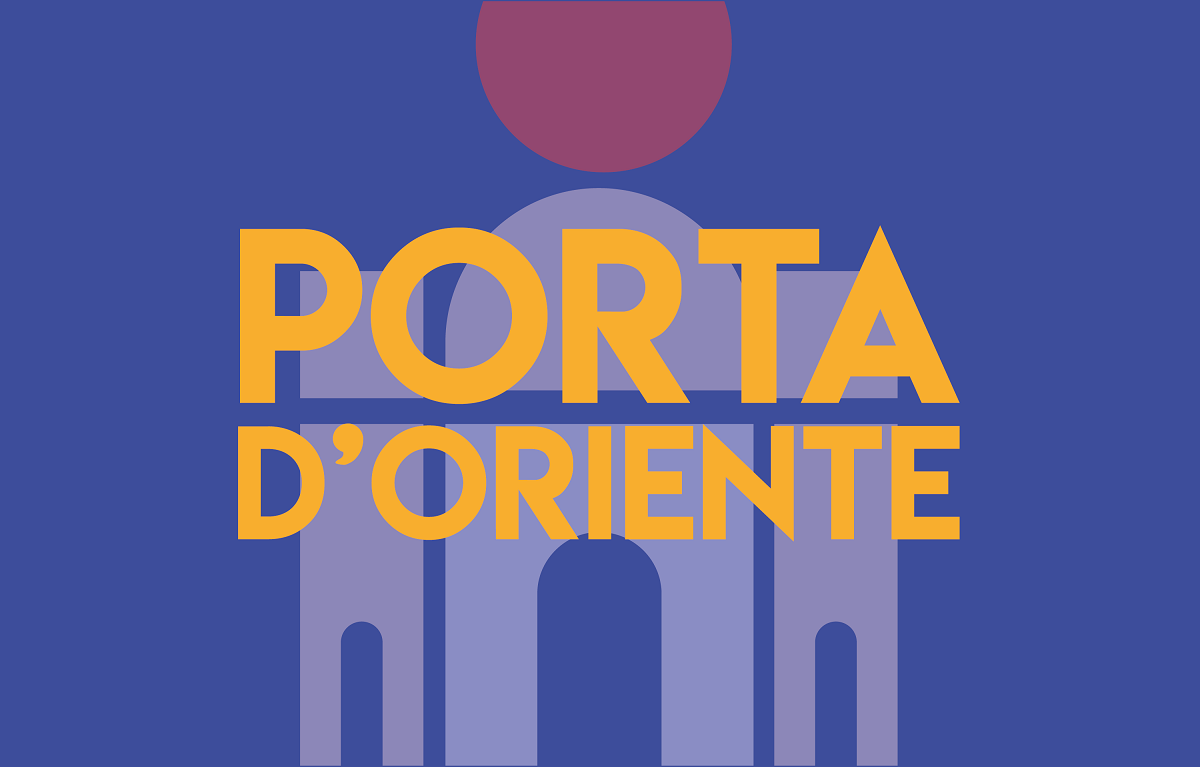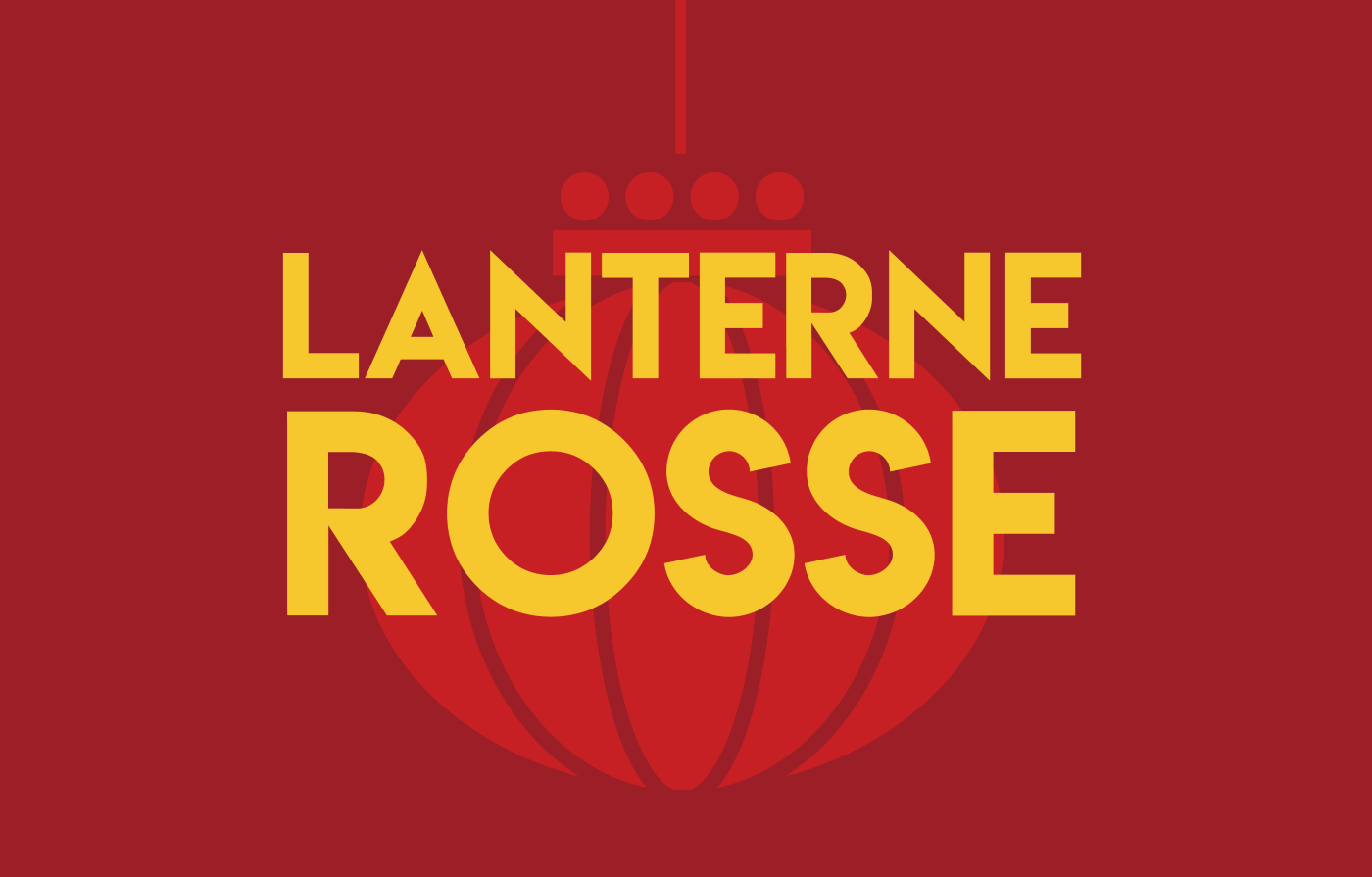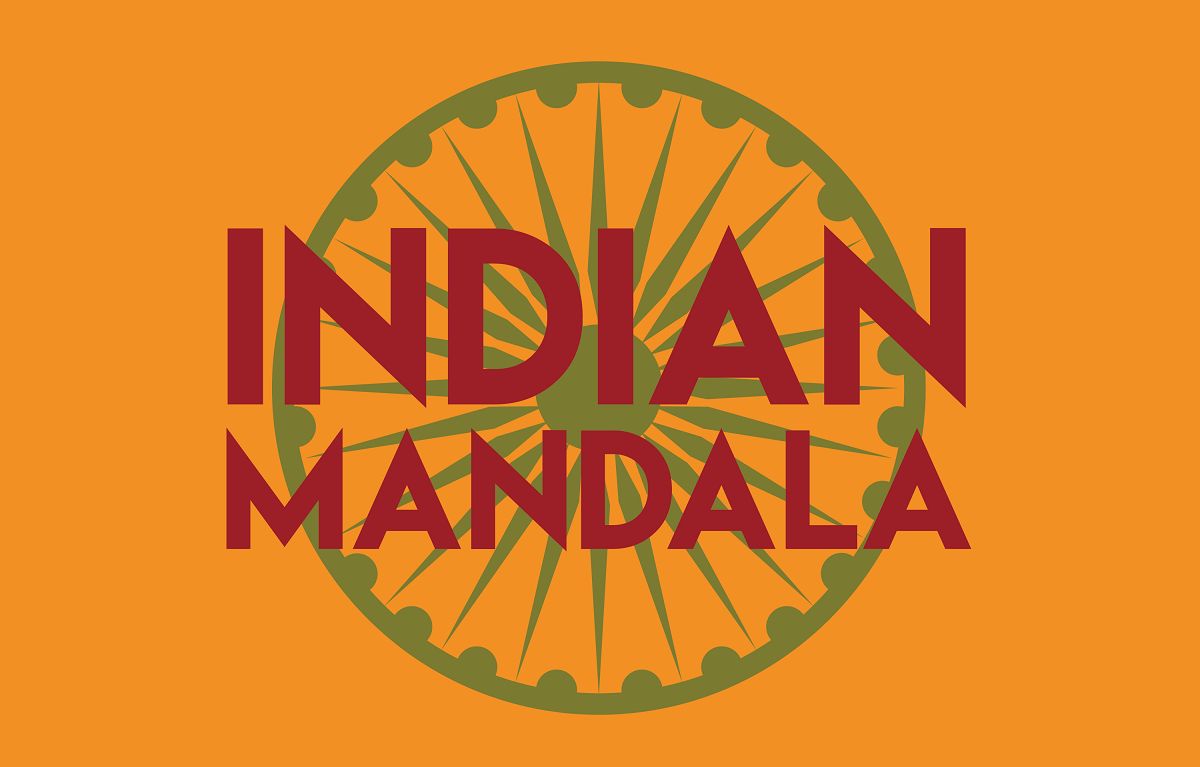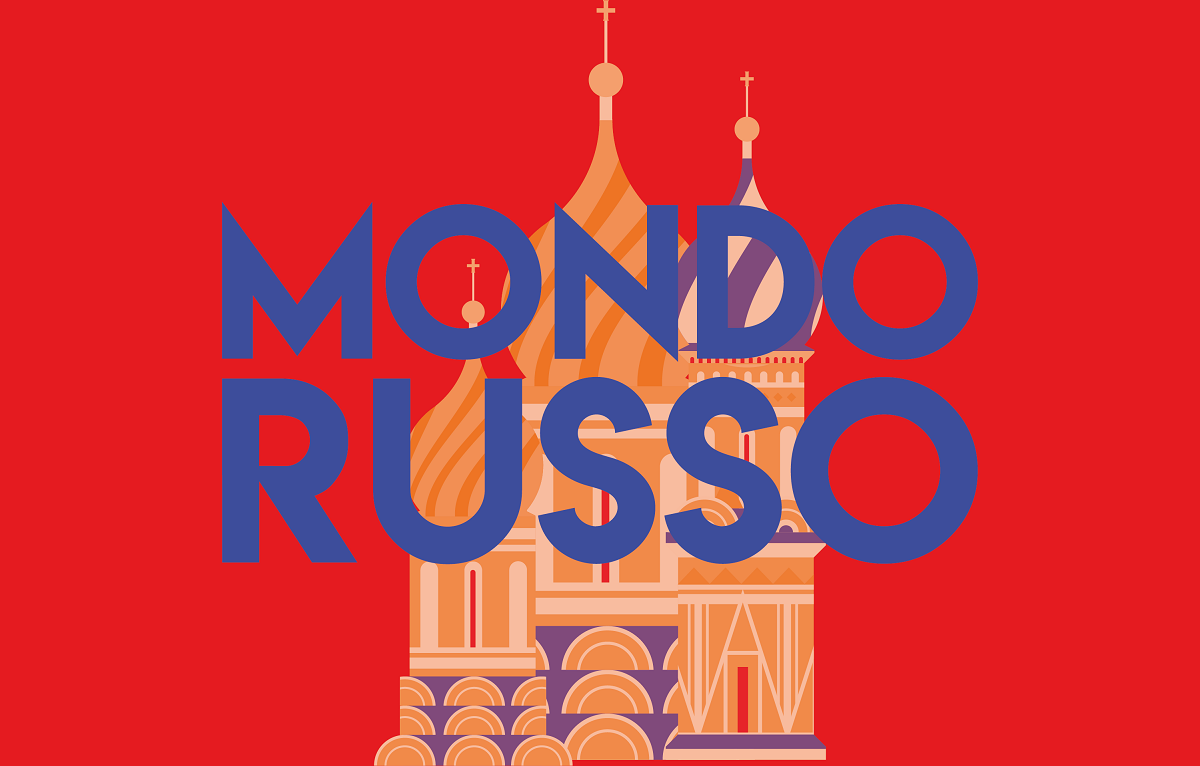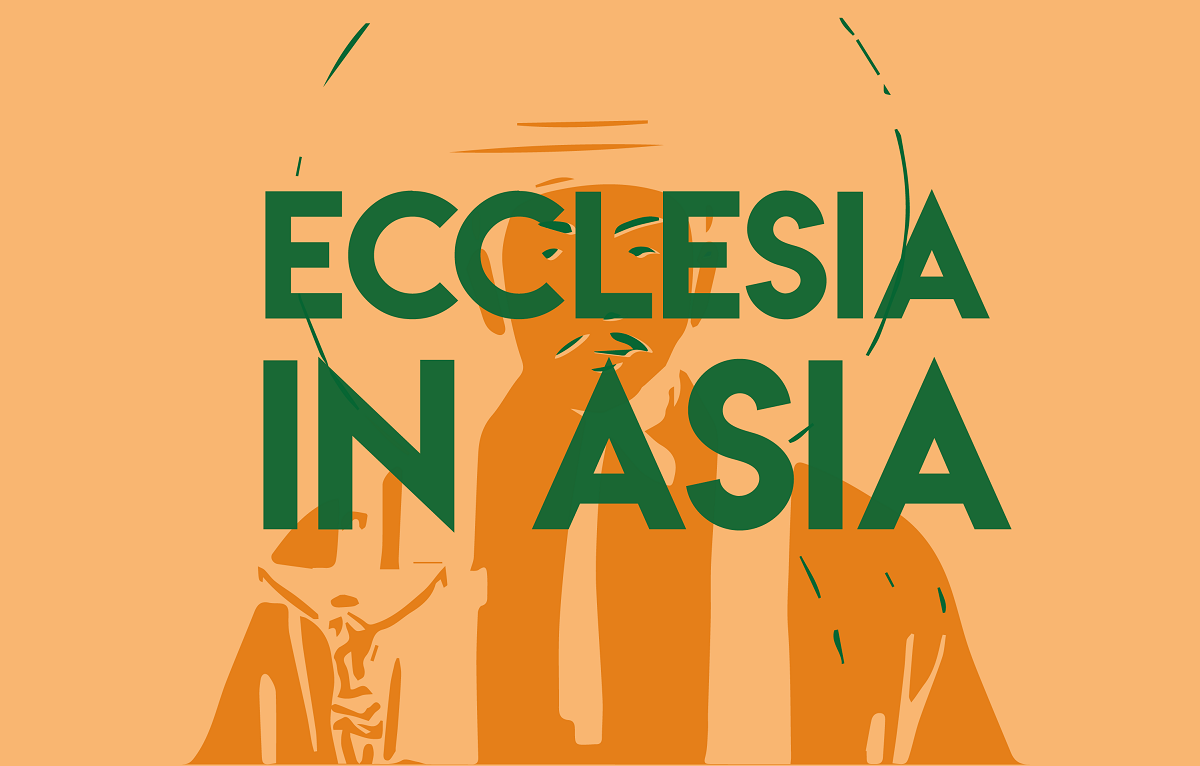Consolata Missionary Sisters mark ten years in Mongolia bearing witness to Christ
Ulan Bator (AsiaNews) - The story of the Consolata Missionary Sisters is one of faith, love and proclaiming the Word of God in a country that is poor, where 20 per cent of the people live on little more than a dollar a day, where Christians are a small minority and Catholics but a thousand.
This year, the Sisters celebrate ten years in Mongolia, called to evangelise amid a people thirsting for God and contribute to the country's development, starting from education and basic necessities.
"People here naturally have been searching for God and looking for meaning in their way of life," said Sister Sandra Garay, an Argentine member of the Consolata Missionaries serving in Mongolia, a former Soviet satellite until the collapse of communism.
With their "fervour of evangelisation", the Consolata Missionaries brought the consolation of Mary to those in spiritual and material need.
The path of evangelisation "started from scratch," Sr Garay said. today, "it is a new beginning in the pastoral mission of Mongolia."
"It is a difficult terrain," she explained, "but God works wonders. And the Year of Faith encourages hope for our people."
The Church faces many challenges, starting with the geography and harsh climate, in a land of steppes and cold winters. Half the population lives in the capital Ulan Bator; the remainder leads a nomadic life.
"Naturally, coming from a different climate, culture, language and topography, initially it was tough," the nun said. "But as a missionary, God takes control and we adapt."
According to the latest estimates, Christians of all denominations represent slightly more than 2 per cent of the Mongolian population, which is largely Buddhist with shamanistic beliefs. It also has a high number of non-religious people, almost 40 per cent of the total.
Few Mongolians are Catholic (835 in 2012) but the number of baptised has now topped 900. At the same time, Catholics have set up facilities for orphans, the destitute and elderly, medical clinics in a country with a poor health infrastructure, as well as various educational and technical schools.
In 1992, when the first foreign missionaries (especially Filipinos) arrived, including the future Mgr Wenceslao Padilla of the Congregation of the Immaculate Heart of Mary, there were no parishes. A few months ago, there were four in the capital; now there are six, a sign of growth.
In his pastoral letter marking 20 years of the Church in Mongolia, the apostolic prefect noted that, at present, there are 81 missionaries from 22 different countries.
He also wrote that Mongolia's first two native seminarians were training for the priesthood in Daejeon, South Korea.
22/12/2017 18:34
27/12/2018 18:02
07/02/2019 17:28
04/04/2018 17:51






.png)
